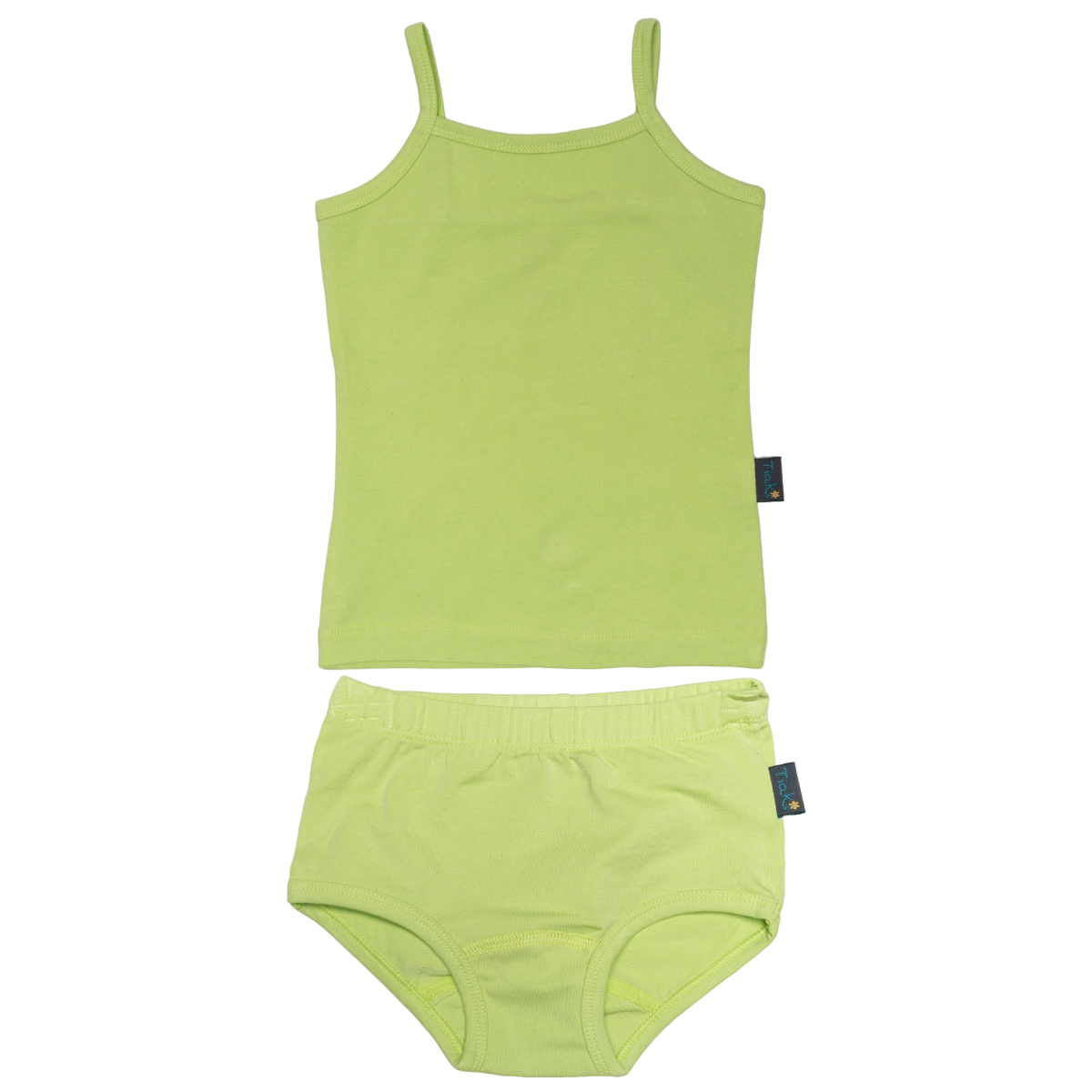Natural dyes are often more expensive because they come from organic sources such as plants, fruits, and minerals. These dyes require a labour-intensive and time-consuming process to extract, which increases production costs. Unlike synthetic dyes, which can be mass-produced using chemicals, natural dyed kids’ clothing relies on the careful collection and extraction of plant materials, such as indigo or madder roots. Additionally, natural dyes often require specialised knowledge and techniques, contributing to the overall cost.
How does the dye extraction process influence the price?
The process of extracting natural dyes from plants is not as straightforward as using synthetic dyes. Many natural dyes require multiple steps, including harvesting, drying, crushing, and boiling the plant material to extract the colour. For example, indigo, a popular natural dye, requires several fermentation and soaking stages. The preparation is more involved than mixing synthetic dyes, which can be done quickly in large batches. This additional labour and time contribute to the higher price of natural dyed clothing for children.
Are natural dyes more environmentally friendly than synthetic dyes?
Yes, natural dyes are more eco-friendly. They are biodegradable and do not pollute water sources the way synthetic dyes do. Synthetic dyes often contain harmful chemicals like azo compounds, which can leak into the environment during the manufacturing process. In contrast, natural dyed clothing is made from plant-based sources that are non-toxic and have a minimal impact on the environment. Although this process can be more costly, it aligns with the increasing demand for sustainable and environmentally conscious products.
What are the benefits of choosing natural dyed kids’ clothing?
Choosing natural dyed clothing offers several benefits beyond the environmental ones. First, these dyes are gentler on sensitive skin, making them ideal for children who are prone to allergies or skin irritations. Natural dyes do not contain the harsh chemicals that are often present in synthetic dyes. This quality justifies the higher initial price, as it contributes to more durable and comfortable clothing.
How can consumers justify the higher cost of natural dyed clothing?
Consumers can justify the higher cost by considering the long-term benefits of natural dyed clothing. The clothing is not only safer for their child’s skin but also contributes to a cleaner environment. By supporting brands like Tiaki, which use natural dyes, parents are investing in sustainable fashion that prioritises the health of their children and the planet. The extra cost is also a reflection of the ethical production process, where workers are often paid fair wages and the materials are sourced responsibly.
Is natural dyed kids’ clothing worth the investment?
Yes, natural dyed kids’ clothing is definitely worth the investment for families who prioritise both quality and sustainability. While the upfront cost may be higher, the long-term benefits of non-toxic, eco-friendly clothing far outweigh the initial expense. Furthermore, as demand for sustainable fashion grows, natural dyed products are becoming more accessible, which may help reduce prices in the future.
Conclusion
Natural dyed kids’ clothing is more expensive because of the intricate, eco-friendly, and labour-intensive process required to produce it. However, the higher price is justified by the long-lasting, non-toxic, and environmentally conscious qualities of these products. As more parents seek safe, sustainable, and high-quality options for their children, the value of natural dyes will continue to be recognised, making it a wise investment for both the present and the future.


